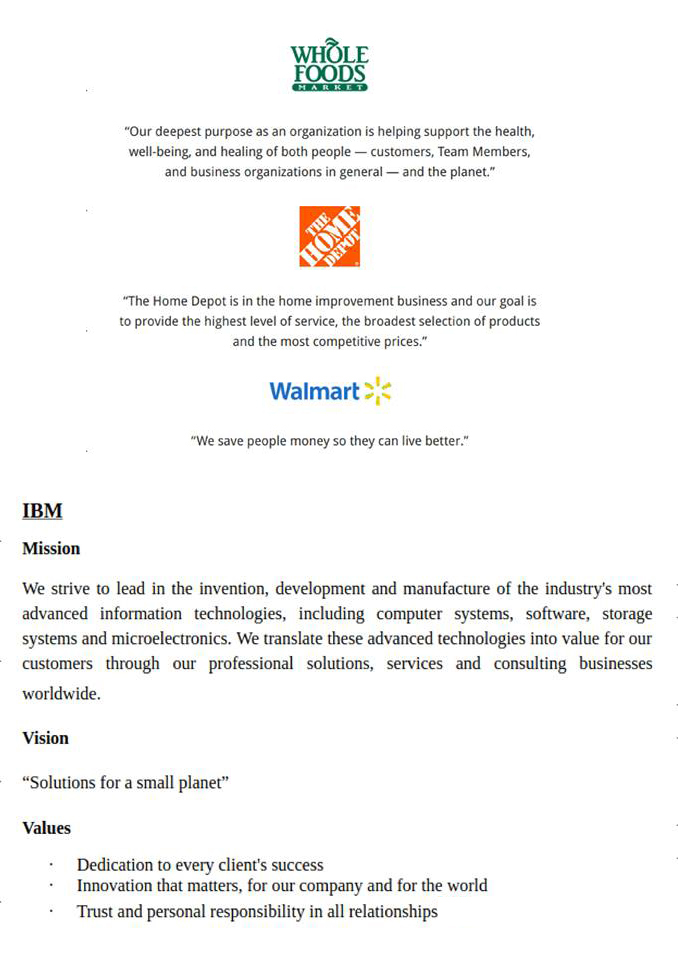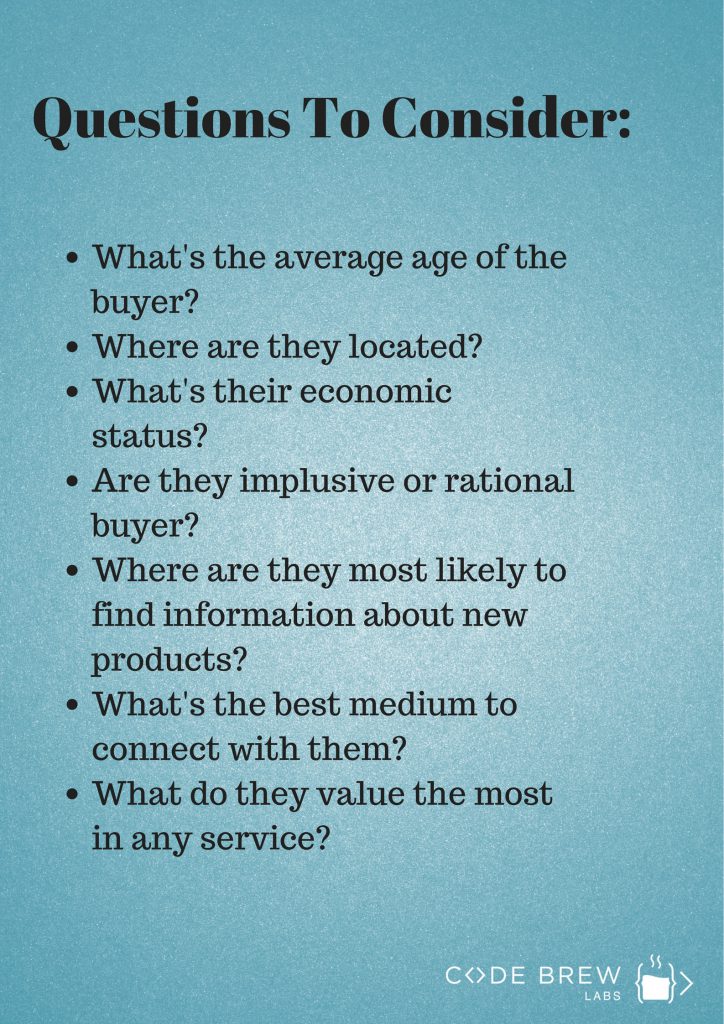
In the modern era, establishing a brand identity is far from a straightforward affair. There’s so much to a brand today than just the promise of offering high quality products and services. They’re required to maintain a consistent image across all channels and their actions should reflect the values enshrined in the business. Authenticity and Credibility have just become cornerstones of successful branding.
Table of Contents
Although, there’s a great deal more to what constitutes a brand, we can start off by planning a sound and cogent promotional strategy. There are various steps involved in that process, which you’ll learn through the course of this blog.
It all starts with describing the company’s vision and mission. Really, it beggars belief when one considers the time wasted on marketing meets to discuss the choice of certain social media platform or the tone of communication with customers. If a business has the vision and mission established, it can get down to the job straight away. These two will perfectly carve out the roadmap that should be followed to develop a brand.
Given that vision, mission and values dictate all internal and external communication, it’s really important to get them right. So, is there a smart hack out to do that?
There really are two ways to go about it. First one is to call out the good old meeting of all the crucial people in the business that are likely to influence the brand image. After that the focus should be on finding certain tools that will assist in developing a common viewpoint. Our eBook on Design thinking methodology will prove quite handy in that situation.

The other way to go about it to ask for a moderator’s assistance. These people are quite experienced in guiding the team through the entire process while ensuring best utilisation of the time( Indeed, these conversations have a tendency to go off course, a moderator will ensure that doesn’t happen). Once the meeting is over, the outcome should be shared with the whole team, with the summary put up at a central place, serving as a constant reminder of the endpoint of all efforts.
Once the vision and mission have been worked out, it’s time to pay attention to the pain-points of your end-users. You can do this by creating buyer personas, which is really the standard and most proven method of going about branding. Find out details about where the majority of your target audience is located, what sort of occupation they have, what are their buying habits, what’s their single most pain point etc. Once you’ve found the answers to these questions, you need to ascertain the best medium to reach those users.

In the age of 24/7 media, you really aren’t short of options for spreading the message about your business. Social Media Platforms(Facebook, Twitter, LinkedIn, Pinterest,) and official websites lead the way for business promulgation. But, there’s no reason to stay limited to them. Whenever an opportunity presents itself, businesses should be ready to make the most of that. They can appear at events related to their brands acting as sponsors, speakers, advertisers or participants.
Other than that, they can advantage of media by running advertising campaigns. Press, TV and radio are great options and bound to give you maximum reach and audience exposure. A recent trend that’s gaining huge prominence is cross-promotion, and guest blogging where two brands work by reviewing or talking up each other’s products/services.
After that, the other major type of promotion is influencer marketing(getting in touch with highly successful bloggers or representatives) and paid advertisements ( for e.g. Google ). Both of these are quite popular and definitely worth consideration.

That covers all the most popular advertising and promotion options. However, it’s always best to think outside the box and attempt some other ways while staying within the remit of the branding guidelines.
Read On – The Appreneur’s Marketing Cookbook: User Acquisition – Part 1
On paper, all of that guide might look quite straightforward. But, it’s really the precise implementation that counts in the end. Most of the brands rush headlong into achieving all the best stats, such as they promote their content on platforms that are unlikely to have any beneficial outcome for their brand. That’s why knowing your target audience and knowing them well enough is the key. Once you have a clear understanding of who you’re trying to reach, you can decide the most effective platforms to reach them.
